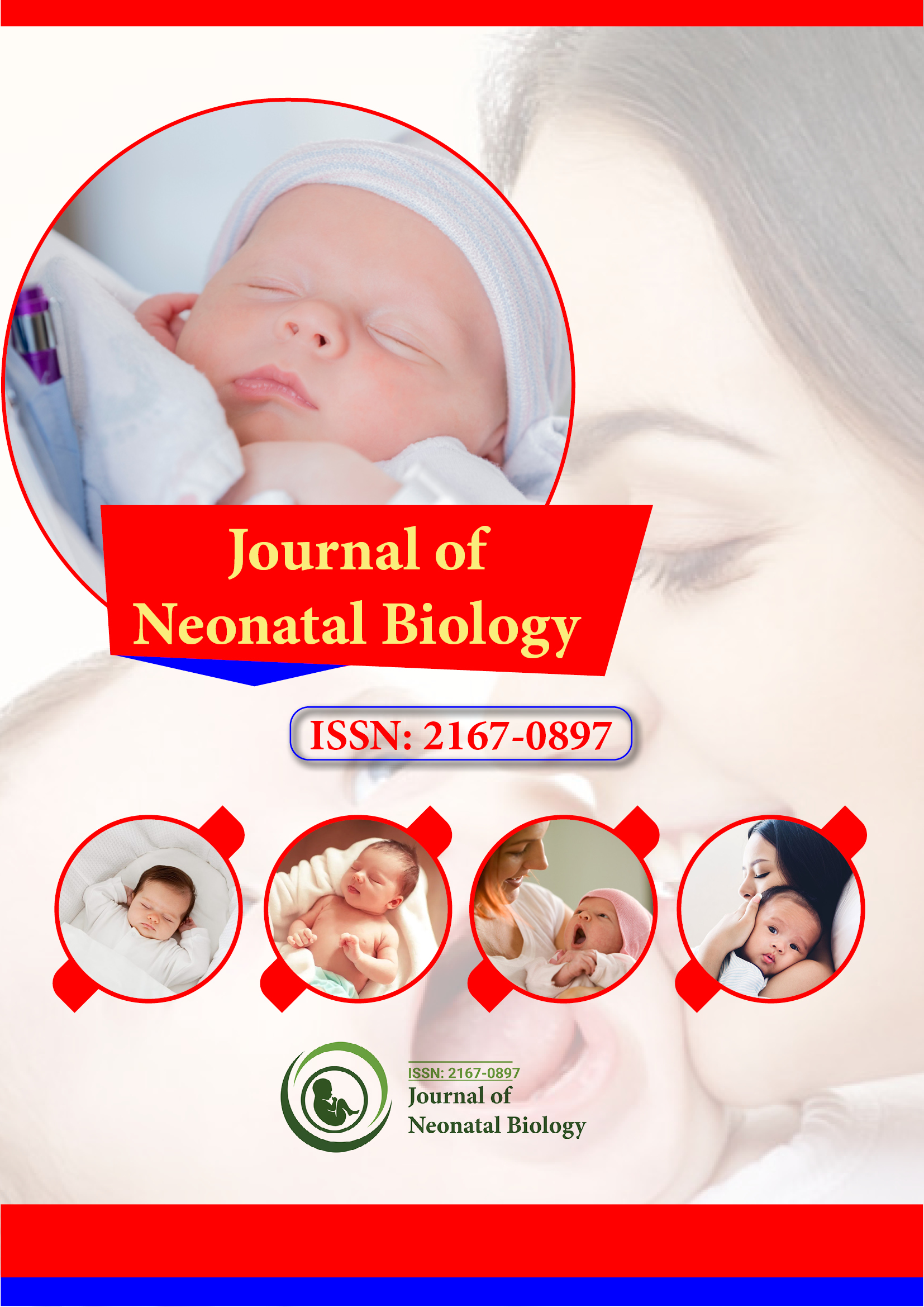インデックス付き
- Genamics JournalSeek
- レフシーク
- ハムダード大学
- エブスコ アリゾナ州
- OCLC-WorldCat
- パブロン
- ジュネーブ医学教育研究財団
- ユーロパブ
- Google スカラー
このページをシェアする
ジャーナルチラシ

概要
Correlation of Plasma and Salivary Cortisol in Extremely Premature Infants
Sze M Ng, Josephine Drury, Swathi Upradrasta, Michael Weindling and Mark A Turner
Background: In the neonatal period, cortisol concentrations are expected to increase during significant stress and are important for survival. Extreme preterm infants may develop adrenal insufficiency in the early neonatal period. Cortisol is 90% bound to cortisol binding globulins (CBG) in the circulation; therefore measurements of plasma cortisol can be compromised by conditions that alter CBG levels. Measurement of free cortisol is the best indicator of adrenal glucocorticoid secretion and can be determined in the saliva. Few studies have been reported on salivary cortisol determination in the neonatal period and particularly, extremely premature infants.
Methods: There were 65 infants (36 males). Mean gestation 25.3 ± 1.3 weeks. We obtained early morning plasma and salivary cortisol sampling before day 5 of postnatal age from extremely premature babies less than 28 weeks gestation. Saliva was obtained using 4 standard universal swabs by placing one swab at a time in the infant's mouth for 1-2 min. No salivary stimulants were used. Salivary cortisol was measured by competitive ELISA using a commercially available kit SLV-2930 (DRG, Germany) according to the manufacturer's instructions. Plasma cortisol was measured using DPC Immulite 2000 using a solid phase 2 site chemiluminescent immunometric assay.
Results: Mean plasma cortisol levels were 400 nmol/L ± 42.8 SEM, and mean salivary cortisol levels were 127.5 nmol/L ± 66.5 SEM. Plasma cortisol was positively correlated with salivary cortisol (r=0.41, p<0.001).
Conclusion: The study showed a reasonable correlation between salivary and plasma cortisol concentrations obtained early in the morning in the extremely preterm infants.